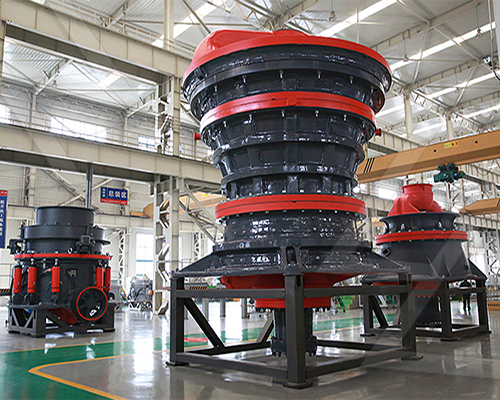A low-speed, high-torque impact crusher is designed for applications where reduced rotational speed and higher impact force are beneficial, such as in recycling, demolition, or processing softer materials. Here’s a breakdown of its features and applications:
Key Features of Low-Speed Impact Crushers:
1. Reduced Rotational Speed (RPM):
– Operates at lower speeds (e.g., 300–600 RPM) compared to traditional high-speed impact crushers (800–1200 RPM).
– Minimizes wear on components (hammers, liners) and reduces fines generation.
2. High Torque & Impact Force:
– Delivers powerful blows per revolution, ideal for breaking bulky or tough materials (e.g., concrete, asphalt, wood).
– Efficient for size reduction without excessive fines.
3. Robust Design:
– Heavy-duty construction with thick rotors and durable blow bars/hammers.
– Often includes adjustable aprons/grates for product size control.
4. Energy Efficiency:
– Lower speed reduces power consumption per ton of material processed.
5. Low Noise & Dust Generation:
– Suitable for urban or indoor recycling operations.
 Applications:
Applications:
– Recycling: Crushing concrete, bricks, asphalt, and C&D waste.
– Demolition: Breaking down large debris with minimal flying fragments.
– Aggregate Production: Processing softer stone (limestone, gypsum).
– Industrial Waste: Wood pallets, plastics, or light metals.
.jpg) Examples of Low-Speed Impact Crushers:
Examples of Low-Speed Impact Crushers:
1. Primary Impact Crushers (e.g., Hazemag APS series) – Designed for large feed sizes with slower rotor speeds.
2. Slow-Speed Shredders (e.g., Williams Crusher’s Reversible Impactors) – Used in recycling and waste processing.
Advantages Over High-Speed Crushers:
– Longer wear-part lifespan due to reduced abrasion.
– Better control over product size distribution.
– Lower maintenance costs and downtime.
If you’re looking for a specific model or brand recommendation, let me know your material type and production requirements!




